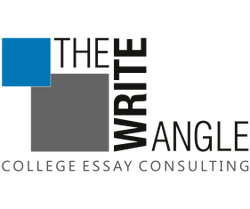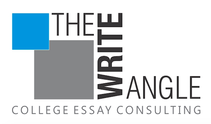Working Together |
the modes of communication are flexible, but multiple drafts and deadlines are standard
|
MEETINGS

Meetings are via Zoom. Plan on one or two meetings to brainstorm essay ideas and come up with an interesting outline for the essay. We then meet as needed as the essay progresses.
Meetings can be almost any time that is convenient for the student -- after school, evenings or weekends, or during the day when the student does not have to be in school. Since the student is usually the one with the busy schedule, I try to be as flexible as possible.
Meetings can be almost any time that is convenient for the student -- after school, evenings or weekends, or during the day when the student does not have to be in school. Since the student is usually the one with the busy schedule, I try to be as flexible as possible.
INITIAL MEETING
|
The first step in the process is to make a date to meet via Zoom to brainstorm ideas for the essay.
1. PRE-BRAINSTORMING GUIDE If the essay is in response to a broad prompt (e.g. Common App or Coalition App prompts), before the first meeting I give the student a Pre-Brainstorming Guide to identify the student's application-enhancing qualities and spark memories and/or interesting ideas for the essay. The student has time to think about the triggers in the Pre-Brainstorming Guide and is encouraged to discuss with others. 2. BRAINSTORMING At the first meeting, we discuss the results of the Pre-Brainstorming Guide and any other ideas the student may have. The goal is to find a story that is purposeful, interesting, and unique to the student. (Rest assured, I haven't yet encountered a student completely devoid of interesting life experiences!) 3. OUTLINING We then discuss how to structure the essays, craft an outline, look for overlap with other prompts (if we are working on multiple essays), and set a deadline for the first draft. |
"Don't try to figure out what other people want to hear from you; figure out what you have to say. |
FIRST DRAFT
|
Once the student has the ideas and the structure, the first draft should practically write itself. It’s just a matter of filling the structure with the content; letting the words flow freely from the student's head (and heart) to the keyboard.
The student then emails the first draft to me. Depending on the student's preference and the quality of the first draft, we either arrange to meet again via Zoom to discuss improvements for the second draft, or I email the student specific suggestions for improvement. |
SECOND AND THIRD DRAFTS
|
The next two drafts should be the turning point where a good essay becomes great! The second draft should contain all the essentials: a logical structure, a compelling narrative, and real insight into the person behind the application. But now we take it to the next level through comments that probe for that extra layer of insight and pushes for language that is vivid and memorable. Again, this can be done either together or through emailed suggestions.
|
"I didn't have time to write a short letter, so I wrote a long one instead." |
SUBSEQUENT DRAFTS
Are we there yet? Often the answer is yes, or at least very, very close. And if we are not there yet, we'll work through as many drafts as necessary.
